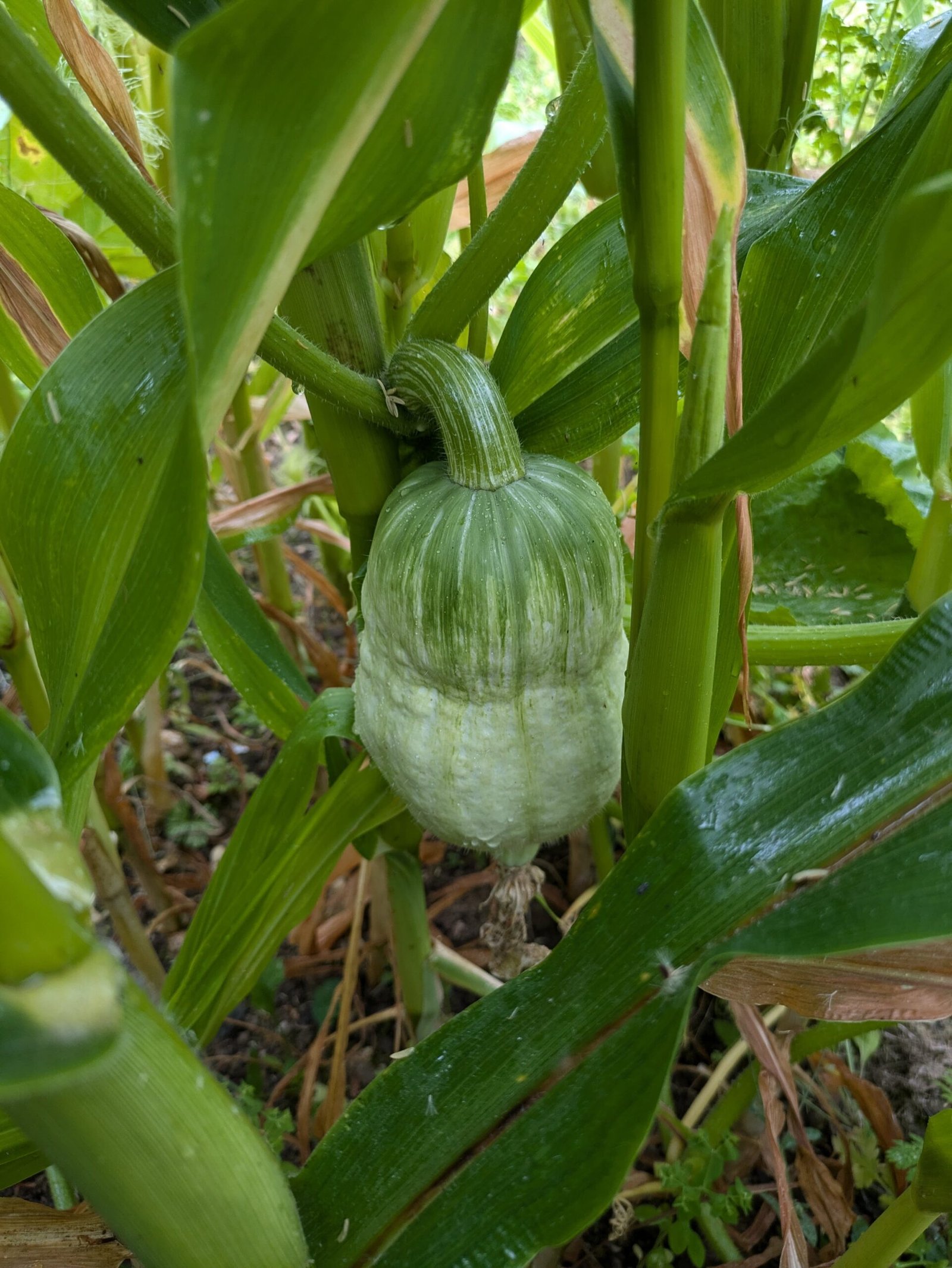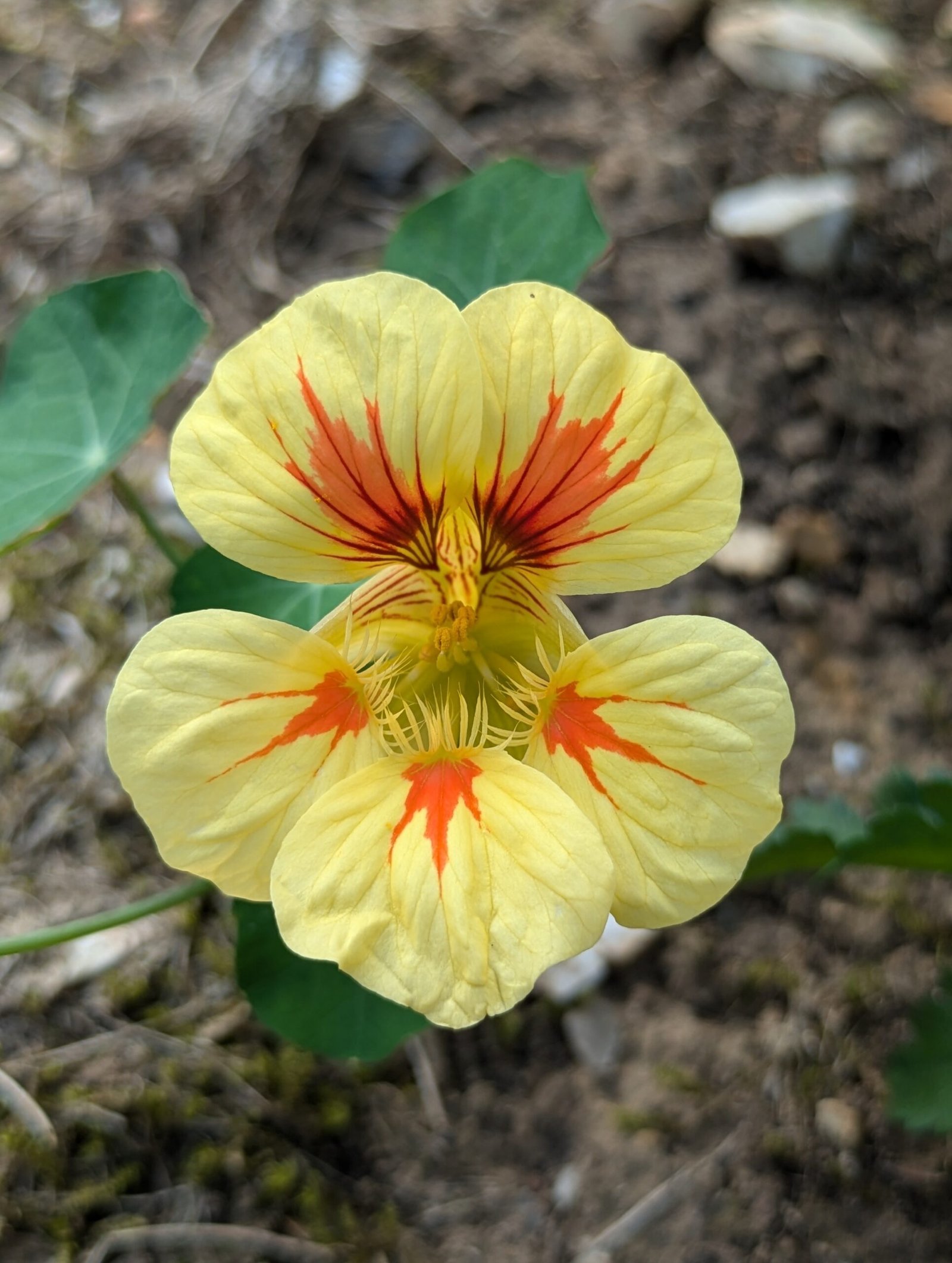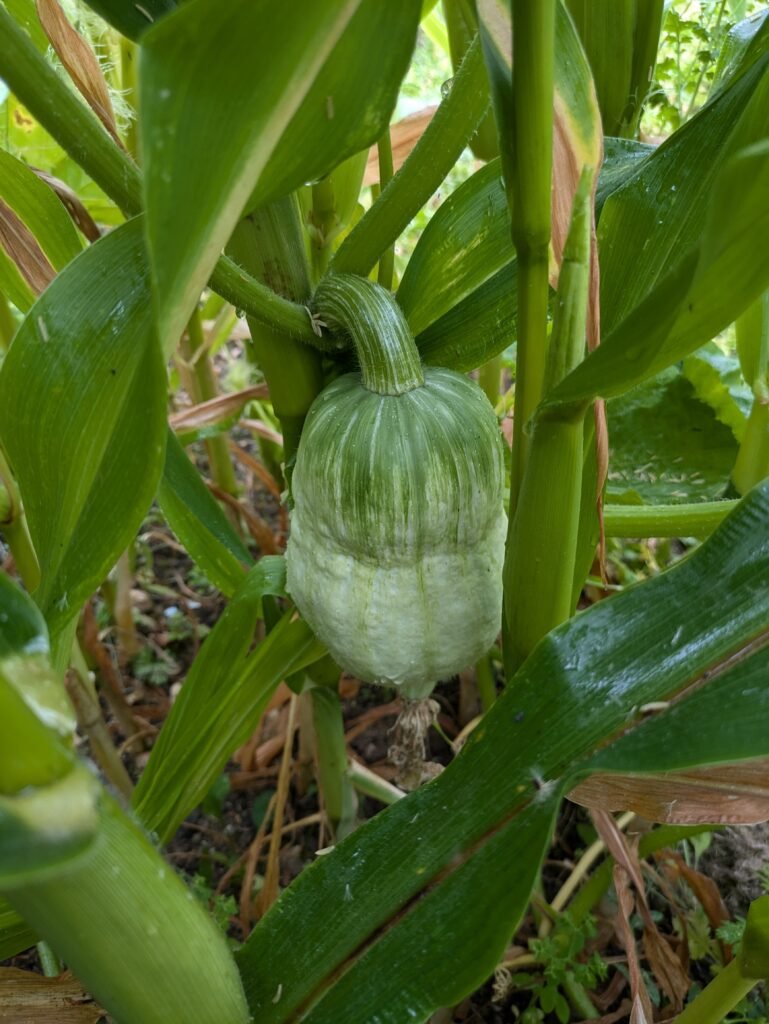What is companion planting?
Companion planting is growing different plants together, choosing plants that benefit or complement each other. These may be grown at the same time or grown in mostly separate seasons, just overlapping at some point. You can even extend the concept to plants that are not grown together at any point in their life cycle, but follow one another in the garden bed.
This post will be explaining why you should consider companion planting, and I will provide some examples of good combinations. When I do plant specific posts in the future, I will include a section for each about possible companion plants, because there are too many to try and list them all here.
What are the benefits of companion planting?
Efficient use of space
Plants with big roots, like tomatoes, need to be planted quite far apart for optimal growth, as the roots can spread quite far. Plants with smaller roots, like basil, can be planted in gaps between the bigger crops to use that space. The amount of smaller plants you can fit in is going to vary, but even 1 smaller rooted plant in between can save space and allow you to grow more.
Provide shade
Planting bigger plants next to others can provide shade for the other plants. Some plants like the shade or want to be shaded during the hottest part of the day in summer, such as lettuce and spinach, which will often bolt in the heat. The leaves of some species will go bitter when they bolt, so unless you are trying to grow them to save seeds, bolting is something you’ll want to try and avoid if you can.
Provide growing support
Tall, strong stemmed plants like corn or sunflower can provide a growing support for climbing plants like beans or squashes. The Three Sisters is a long-used method by Native American tribes, growing corn, beans and squash together. The corn grows tall, providing climbing support for the beans, with the squash plants on the ground to shade the soil and provide weed suppression. Support can also be offered by protecting from wind, or even somewhere for the plant to lean so that its weight can be supported and it doesn’t snap.
Attracting beneficial insects
Flowers attract pollinators, so having nearby flowers will attract pollinators to your food plants. Fruits are formed from flowers that have been pollinated, and while some are wind pollinated, others need insects to do this for them, or are more reliably pollinated by insects rather than the wind. You can hand pollinate, but it can be hard and time consuming.
Protection from pests
Scent is one of the ways that insects can find plants. This includes pests, so hiding plants by masking them with the scent of other plants can make them harder for pests to find. You can also use strong smelling plants to deter pests, by planting them near the plants you want to protect.
Some insects will eat common pests, like aphids. You can attract these predatory insects to your plants, or the area they are in, and hopefully they will reduce your pest problem.
There are some plants that pests prefer to feed on, and you can use these, called ‘trap crops’ to try and attract pests as they are a preferred plant over the one you are trying to protect. It’s a bonus if you can compliment that with attracting predators. You may also be able to harvest something from the trap crop at the end of the season, or get some nice flowers from it during the growing season.
Improve flavour
Some crops improve the flavour of other crops when planted nearby. This is supposedly the case for improving the flavour of tomatoes by planting basil next to them.
Provide nutrients
Planting legumes, which can add nitrogen to the soil, next to a plant that’s a heavy nitrogen feeder can provide it with additional nutrients during the growing season, leading to better growth.

Plants to grow together
This is not an extensive list, but just some examples which use the plants that I have chosen for the beginner series.
Marigolds and Tomatoes. Marigolds can help deter whiteflies and aphids, which are pests for tomatoes, while also attracting pollinators.
Marigolds and Beans. Marigolds can deter pests, attract insect predators for the pests, and attract pollinators.
Borage and Strawberries. Borage attracts pollinators and insect predators for pests, and is also said to improve the growth and taste of strawberries. While it isn’t native, borage is naturalised to the UK and not deemed invasive. And you can cut the head off before seeding if you want to be extra safe.
Nasturtiums can be a companion to many plants, including those in the brassica and nightshade families. They can repel pests, draw pests away from other plants, and attract pollinators.
Lavender has a lot of companions, and can actually be a companion to plants from all 4 categories in a crop rotation plan. As lavender is perennial, this is good as it can go in all sections of your garden and act as a companion each year to some of the plants that are grown there.
- Carrots & Leeks from the onions and root veg category. The strong scent of lavender can repel or ‘confuse’ pests, as well as attracting pollinators to the area (which aren’t useful for the carrots or leeks unless you are allowing them to go to seed, but can benefit the garden in general).
- Cabbage & Kale from the brassicas. Lavender can repel pests and attract pollinators.
- Beans & Peas from the legumes. Lavender can repel pests and attract pollinators.
- Tomatoes from the nightshades. Lavender can repel pests and attract pollinators.


Plants to avoid growing together
While there are many plants that do well when grown together, there are also plants you want to avoid growing too close to each other. This is a slightly different topic, but it fits within this post to give it a mention. It will be covered more in depth elsewhere. I’ll give some examples from the beginner plants series, with at least one plant in each pair not fitting in a crop rotation category.
Squash with Potatoes. Both plants are heavy feeders, so they may compete for nutrients. They also have some cross-over pests and due to the overlapping growing period, it can give those pests a long time to establish and breed.
Dill with Carrots. Dill can attract pests that will also feed on carrots.
Basil with Cucumber. Growing basil, and other aromatic herbs, near to cucumber is said to impact the flavour of the cucumber. It may also reduce the yield of the cucumber plant.
Brassicas with Strawberries. They compete for nutrients and moisture, and strawberry growth can be inhibited.
And many more.
I am proud to be affiliated with JustSeed, a company that I have bought seeds from for a few years now. I believe in what they are doing over there, and if you are going to buy seeds, garden tools, or seedlings, then please consider checking them out and using my link below to do so. Thank you for supporting me.






Leave a Reply